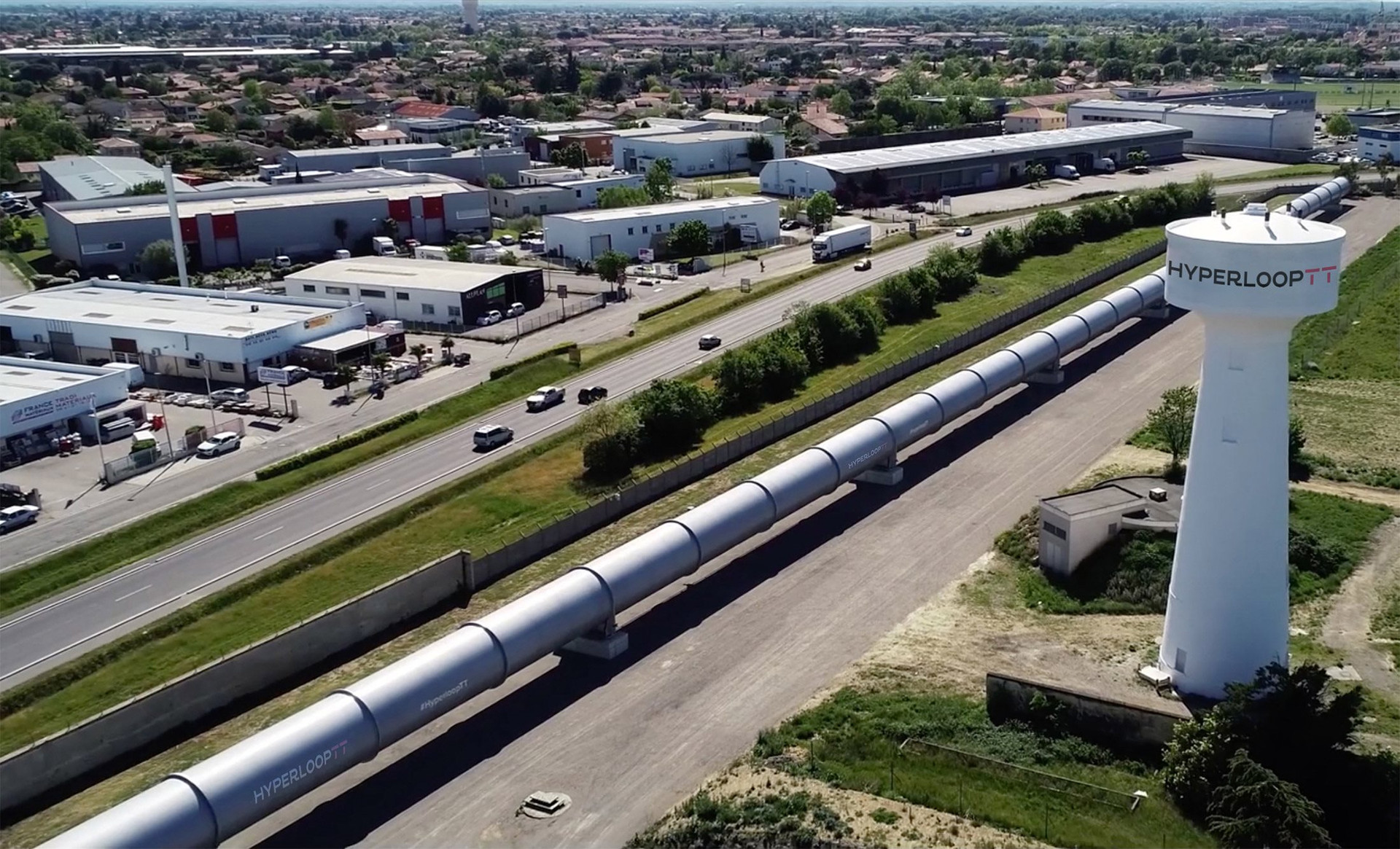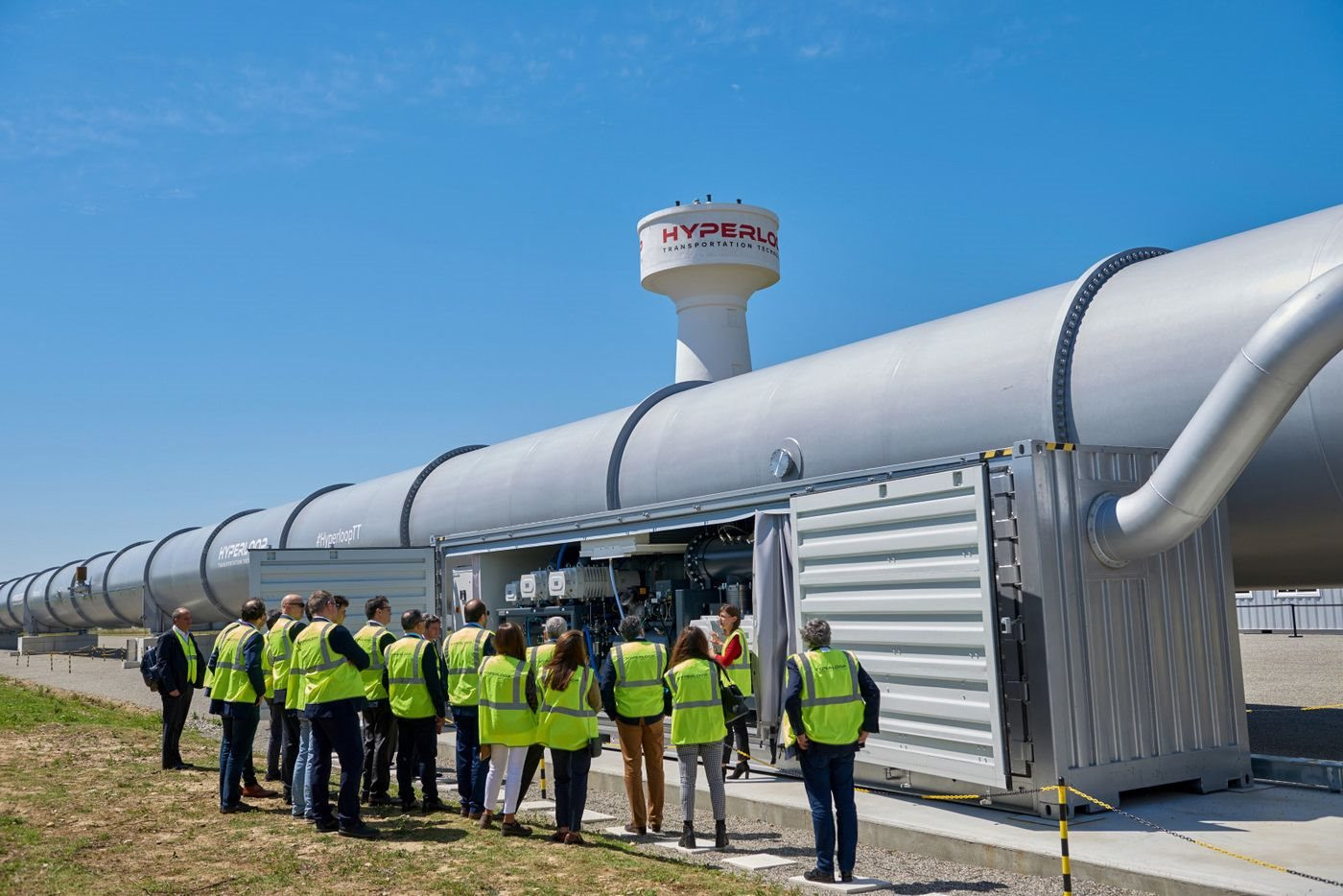Nearly a decade ago, Elon Musk introduced to the world about a train as fast as the speed of sound: Where is this project ‘going to’?
- Tram Ho
Elon Musk has a promising plan, which is to operate a train system that can carry passengers through cities at nearly the speed of sound. This idea attracted a group of visionary entrepreneurs and together they worked to create a transportation system of the future, the Hyperloop.
However, 10 years later and hundreds of millions of dollars poured in, more than 12 startups have made an effort to build a super highway that allows trains to run at more than 1,200km/h and no one has succeeded. Last year, the Hyperloop One startup, backed by billionaire Richard Branson, cut half of its staff and switched to a freight service.
Outside of SpaceX, employees of this company even use what used to be a hyperloop test tunnel as a parking lot. Meanwhile, one of the industry leaders, Hyperloop Transportation Technologies, has paused its IPO.
When will the hyperloop dream come true?
HyperloopTT once planned to list on the NYSE through a SPAC of basketball legend Shaquille O’Neal. This deal will help the startup be valued at $ 600 million and help them have tens of millions of dollars in capital. However, HyperloopTT is hesitating, showing the challenges that technology companies of all sectors face, especially those with low revenue. The canceled deal also raises new questions about realizing the dream of operating a hyperloop system.
Rob Miller, CIO of HyperloopTT, said: “Building a new form of transport is a big challenge. However, in terms of traffic congestion, pollution and existing problems, the system is not. This system is necessary.”
One long-time proponent of the technology is Craig Hodgetts, a now-retired professor of architecture at the University of California, who worked with HyperloopTT in 2014 and 2015. He recruited a group of recent graduates to do the work. assist in the design process of details such as station layout.

A passenger train car is displayed by HyperloopTT at a press conference in El Puerto de Santa Maria, Spain, 2018.
Founded in 2013, HyperloopTT is a small startup that primarily relies on a network of engineers working “for passion” rather than for remuneration. The company announced a SPAC deal in November, intending to merge with a company called Forest Road Acquisition Corp. II, run by former Walt Disney CEOs Kevin Mayer and Tom Staggs, and backed by many other entrepreneurs. However, market conditions became difficult at a time when Forest Road II was close to closing the deal on March 12. Then the companies decided to cancel and planned to look for a new company.
HyperloopTT has lost new funding and faces public attention for playing a key role in Musk’s plan. Moreover, with limited resources, they still have to work hard to get hyperloop projects scattered around the globe “green light”.
In fact, these are difficult times for an experimental company, whose projects need hundreds of millions of dollars to build. According to PitchBook data, the amount of money needed to fund transportation startups has halved from two years earlier, to just $500 million last quarter. This drop is much larger than that of software startups which was a third to $12.4 billion in the same period.
HyperloopTT will now have to do business the old-fashioned way, which is to create relationships with officials, submit contracts and present a specific argument about its transportation system to get permission to build and operate. However, the progress of this process has not really been accelerated, as almost every project the company has announced for many years has been interrupted or abandoned. Those projects include an initiative in South Korea in 2017 (a 321km route linking Seoul with a southern port), a route in Tongren, in the mountainous Chinese province of Guizhou in 2018, and a long-haul route. 10km near Dubai in 2018.
Miller said it’s normal for some projects to have progress and stalls. According to him, the company is continuing to negotiate in South Korea and is looking to raise capital for a testing and certification facility in Colorado. In Italy, HyperloopTT is waiting to see if they win a contract and has a potential project in the Great Lakes, including a 552km route from Chicago to Cleveland, and 215km from Cleveland to Pittsburgh.
Elon Musk’s company is also in trouble
However, with the exception of the Great Lakes project, most of the current HyperloopTT discussions are not as enthusiastic as they used to be. Founder Dirk Ahlborn once talked about projects that link cities together, spanning hundreds of kilometers, using tunnels in vacuum conditions to reduce friction of ships. Current projects are all smaller in scale and more difficult to implement than in the beginning.
Meanwhile, HyperloopTT is not the only company struggling with this technology. The vacuum transport company – Swissmetro SA, founded in 1992 was sold in 2009 and later became Swissmetro NG. In 2018, another Los Angeles-based hyperloop startup called Arrivo closed its doors less than two years after its founding. And Hyperloop One, despite raising $ 400 million, had to abandon its plan to develop passenger transport.


HyperloopTT’s test site is near Toulouse, France.
Even Boring Co. of Elon Musk is also not immune to challenges. When the billionaire first came up with the idea of this technology, he used the example of a 563km route from Los Angeles to San Francisco. Boring’s biggest project to date is a 27km tunnel under a convention center in Las Vegas.
Boring has countered arguments that they are on the wrong track in building a real hyperloop. In November, the company posted on Twitter an image of a Tesla inside a test tunnel at its Bastrop, Texas facility, and said “Fully tested with Hyperloop has begun”. However, some experts question why put a Tesla in a vacuum tunnel, since humans cannot breathe in a vacuum.
HyperloopTT has its own test site, near Toulouse, France. They built a 320m long tunnel but never installed a vacuum system as planned or extended it. Late last year, the market place of Cugnaux, this suburb, complained to a local newspaper that HyperloopTT had almost abandoned the site.
However, Erik Wright, founder of commercial construction company Precision Construction Services, said that although projects have been delayed, it is still too early to deny companies like HyperloopTT. He is really impressed with how far they have come and stick with those plans and also admits that this is a very long way.
Refer to Bloomberg
Source : Genk
